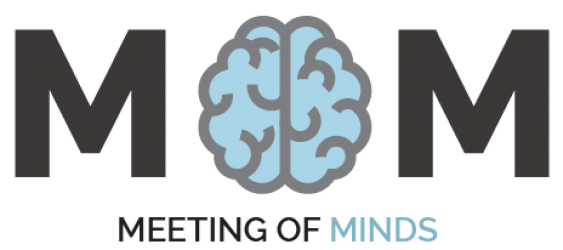The application should enable matching between student and supervisor. This includes:
- Identification of expertise (e.g. qualifications and publications) and mutual academic interests through the building of a profile, bibliography, and membership of particular research interest groups. This would also need to be supported by search options, so that users could easily find one another.
- Options for posting materials about, and in support of, the PhD proposal. This could be kept on a private setting that would then only become visible to those tutors that the student approached to be their supervisor.
- Private messaging and chats between student and supervisor, and between students and PhD students under a particular supervisor.
- An algorithm supporting the creation of stable supervisory relationships (the Gale-Shapley algorithm ).
- Templates and guidance matched to different stages of the supervisory relationship/PhD journey, for both supervisors and students.
There are also a number of features that the academic world (both students and academics) are likely to want from any social network. This includes enabling:
- Academic networking e.g. to raise awareness of research, and identify potential collaborators.
- The collation and display of published research work and papers (open data and publiication would support this, but there might also be the possiblity of linking to University funded portals for Shibboleth and Open Athens , in order to avoid breach of copyright)
- Engagement with audiences about existing research, or to test out new ideas.
- Connections to be made in both the online and offline world e.g. including mobile views and options for sharing contact details at conferences, etc.
- High levels of privacy (including being very sensitive when it comes to data collection and its usage, security issues, advertising and perceived commercialism)
- Connections to be made both within and between academic interest groups e.g. encouraging interdisciplinary conversation and swapping of ideas.
- Keeping up-to-date with the latest research..
- Universal design i.e. disability accessible, but also highly accessible to those who may not be highly technical literate (e.g. clear site navigation and easy to change privacy settings).
- Facility to host multiple profiles.
It will also be important to carefully scope the site and ensure that this remains in place to prevent context collapse and ensure the material remains useful and appropriate to its audience e.g see example of https://www.methodspace.com/about/
By Nina Schuller
This post does not include references as all the information is drawn from referenced posts in this section of this website.
